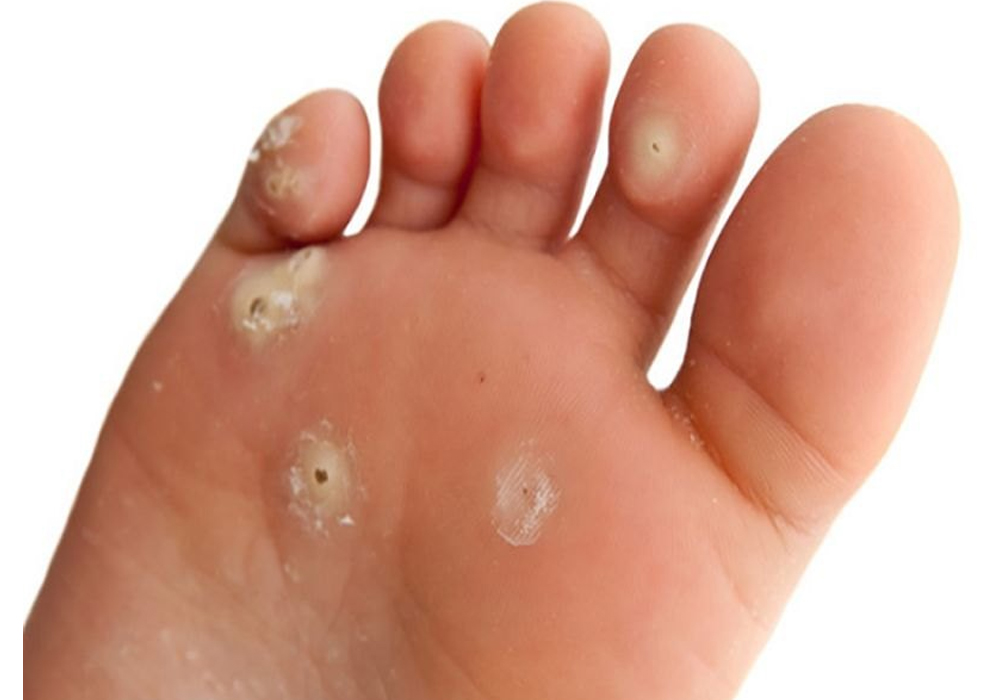Corn Removal

You’ve exhausted all remedies trying to get rid of the annoying corn on your foot. In order to prevent perspiration between your toes, you have applied powder. You’ve tried using a pumice stone to get rid of the thick skin.
In order to prevent the corn from rubbing against anything, you have even bought bigger shoes. However, the corn still hurts so much that it prevents you from walking normally. You are now inquiring about corn extraction surgery. Let’s examine the steps involved in this surgery and the related recovery period.
To begin with, what precisely is a corn? When the skin on top of a noticeable bone pushes against another bone or ill-fitting shoes, corns develop.
Hard corns, which are the most prevalent kind, are located on the tips of the toes, whilst soft corns are found in between the toes. Before undergoing surgery, you can try a variety of corn removal methods at home or with the assistance of your podiatrist. These include putting on shoes that fit properly, covering the prominent toe bone with silicone toe covers to reduce friction, and using orthotics to assist address any deformities in the foot structure.
If these remedies are ineffective, corns may become excruciating to manage. For some, they can even become serious. For instance, a diabetic who develops corns may get an ulcer, which is a sore that can cause extremely dangerous complications.
The surgeon will remove the corn entirely along with the underlying bony prominence after you have been put to sleep (either with local anesthesia or IV sedation). Occasionally, a bursa—a soft tissue sac that is inflamed—is discovered and removed simultaneously.
